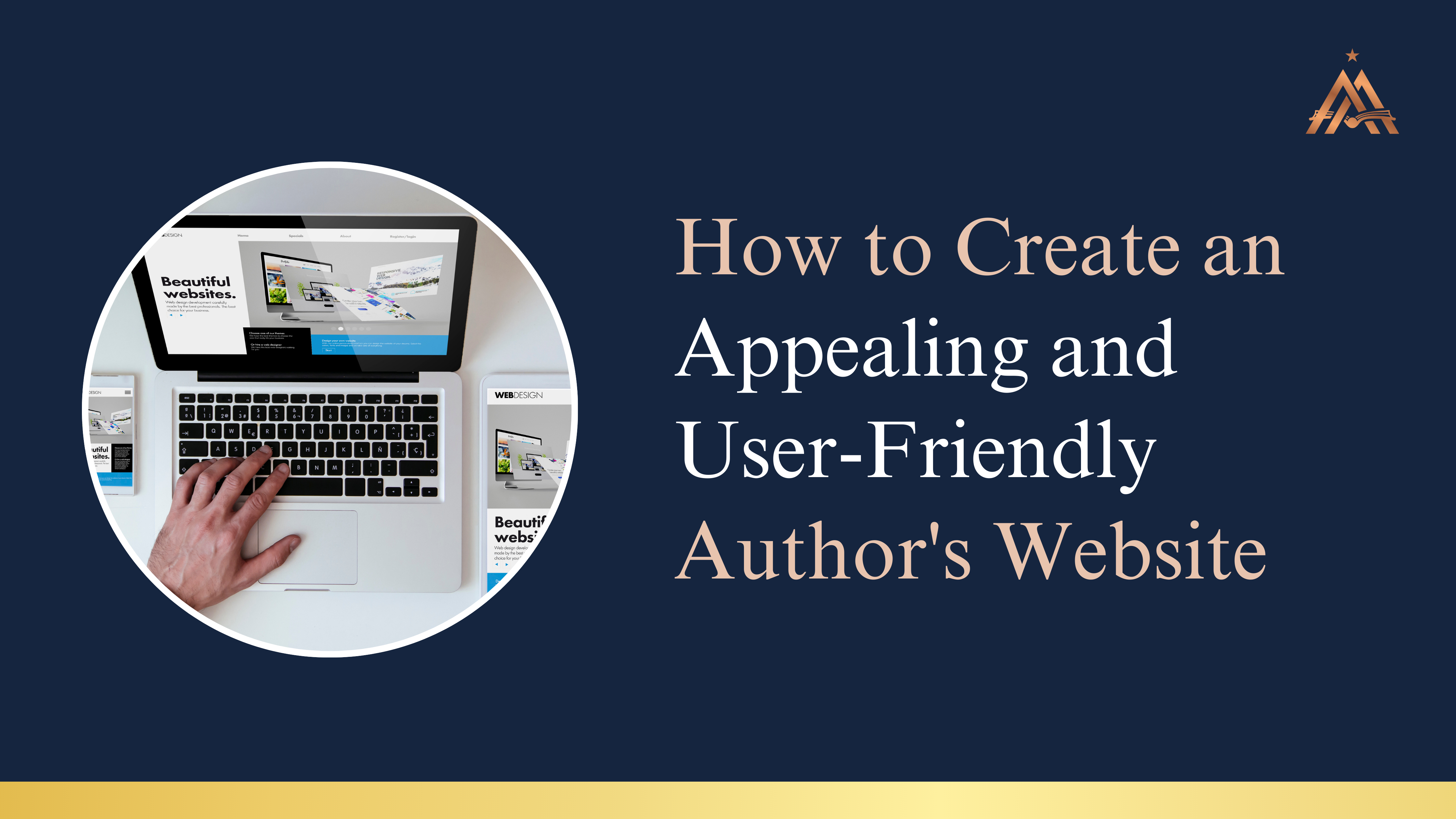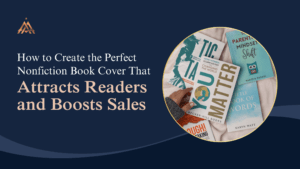When it comes to creating an author’s website, making it appealing and user-friendly is key. Your website is often the first point of contact between you and your readers, so it’s crucial to make a great first impression. In this guide, we’ll cover the essential elements you need to include to ensure your website is both attractive and easy to navigate.
Easy Navigation
Clear and Concise Links
Importance of Clear Links
Imagine visiting a website and not being able to find what you’re looking for. Frustrating, right? That’s why having clear and concise links is vital. They help your visitors easily navigate your site and find the information they need without hassle.
How to Create Clear Links
Creating clear links involves using straightforward language and placing them in intuitive locations. Avoid jargon and make sure the links are easily identifiable. A well-organized menu bar at the top of your site is a great place to start.
User Experience (UX) Best Practices
Simple Layouts
A simple layout helps visitors focus on the content without getting distracted by unnecessary elements. Keep your design clean and uncluttered to enhance the user experience.
Intuitive Design
An intuitive design means that visitors can navigate your site without needing instructions. Use familiar symbols and layout patterns to guide them seamlessly through your content.
Up-to-Date Author Biography
Crafting an Engaging Bio
Personal Touch
Your biography should reflect your personality. Share anecdotes and insights that make you relatable to your readers. This personal touch helps build a connection with your audience.
Professional Highlights
Highlight your achievements and professional milestones. This will not only establish your credibility but also give readers a reason to trust your expertise.
Professional Headshot
Importance of a Good Headshot
A professional headshot adds a face to your name, making your website more personal and engaging. It helps readers feel a connection with you.
Tips for Choosing the Right Headshot
Choose a high-quality image that represents you well. Ensure the photo is clear and well-lit and shows you in a professional yet approachable manner.
Showcase Your Publications
Listing Recent and Upcoming Publications
Organized Presentation
Organize your publications clearly and accessiblely. Use categories or a timeline to make it easy for readers to find what they’re looking for.
Adding Synopses and Reviews
Include brief synopses and reviews for each publication. This provides readers with a snapshot of your work and encourages them to explore further.
Highlighting Key Works
Featured Publications Section
Create a section on your homepage to feature your most notable works. This will draw attention to your key publications and highlight your achievements.
Interactive Elements
Incorporate interactive elements like clickable book covers that lead to purchase links or additional information. This enhances user engagement and convenience.
Contact Information
Easy Accessibility
Contact Forms
A contact form makes it easy for readers to contact you without leaving your site. Keep it simple and ask for basic information only.
Social Media Links
Include links to your social media profiles. This allows readers to follow you on multiple platforms and stay updated on your latest activities.
Engagement Opportunities
Newsletter Sign-Up
Offer a newsletter sign-up option to keep your audience informed about new releases, events, and exclusive content. This helps build a loyal readership.
Direct Contact Options
Provide multiple contact options, such as email and phone numbers, to cater to different preferences. Ensure these are easy to find on your site.
Regular Content Updates
Blogging
Relevance to Audience
Blogging is a great way to engage with your audience. Write about topics that interest your readers and relate to your work. This keeps them coming back for more.
Consistency and Frequency
Consistency is key. Set a schedule for your blog posts and stick to it. Regular updates show that your site is active and well-maintained.
Articles and Podcasts
Diversified Content
Diversify your content by including articles and podcasts. This will cater to different preferences and keep your website dynamic and interesting.
Engaging Formats
Use engaging formats like interviews, guest posts, and multimedia content. This variety keeps your audience engaged and encourages them to explore more of your site.
Mobile Friendliness
Importance of Mobile Optimization
Current Mobile Usage Trends
With most people browsing the internet on their phones, having a mobile-friendly website is crucial. It ensures that your site looks great and functions well on any device.
Impact on User Experience
A mobile-optimized site provides a seamless user experience, reducing bounce rates and increasing visitor engagement. It’s essential for retaining your audience.
Mobile-Friendly Design Tips
Responsive Design
Responsive design adjusts your website layout to fit different screen sizes. This ensures that your site is easily navigable on both desktops and mobile devices.
Testing Across Devices
Test your website on various devices to ensure it performs well across all platforms. This will help you identify and fix any issues that may arise.
Clean and Simple Design
Avoiding Clutter
Minimalist Aesthetics
A minimalist design reduces distractions and helps visitors focus on your content. Use plenty of white space and limit the number of elements on each page.
Prioritizing Content
Prioritize your content by placing the most important information at the top. This ensures that visitors see the key points first.
Enhancing Readability
Font Choices
Choose fonts that are easy to read. Avoid overly decorative fonts and stick to simple, clean typefaces.
Colour Schemes
Use a consistent colour scheme that complements your brand. Ensure there is enough contrast between the text and background for easy reading.
Creating an appealing and user-friendly author’s website involves focusing on clear navigation, engaging content, mobile optimization, and a clean design. By following these tips, you can create a website that not only attracts visitors but also keeps them coming back for more.
FAQs
How often should I update my author biography?
It’s a good idea to update your biography at least once a year or whenever there are significant changes in your career.
What are the best practices for creating a contact form?
Keep it simple and ask for basic information only. Ensure it is easy to find and use.
How can I make my website more engaging for readers?
Update your content regularly, use interactive elements, and engage with your audience through blogs, articles, and social media.
What are the key elements of a mobile-friendly website?
A responsive design, easy navigation, and thorough testing across various devices are crucial for a mobile-friendly website.
Why is a clean and simple design important for an author’s website?
A clean and simple design enhances readability, reduces distractions, and ensures a better user experience.




